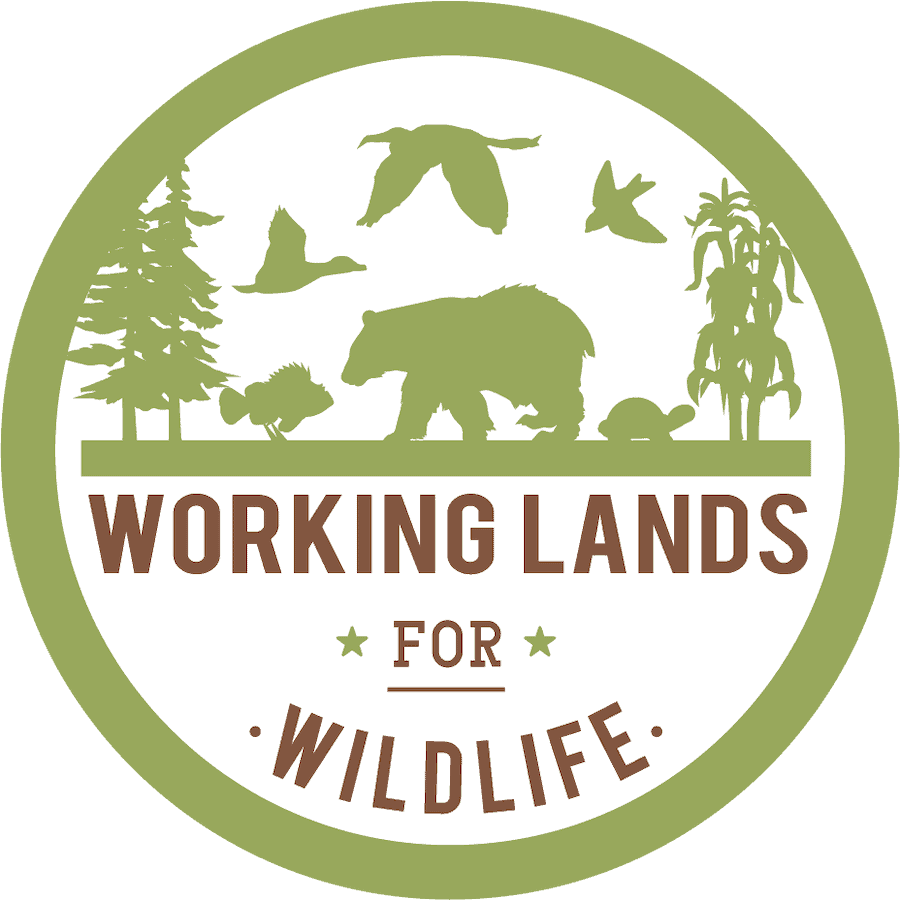-
Threats
-
Information on landscape and habitat-level impacts that adversely affect bog turtles
Located in
Species Profile
-
To Restore Hellbender Habitat, a Biologist Visits the Farmers' Market
-
When working to restore wildlife habitat on agricultural lands, outreach to producers can be challenging. Private Lands Biologist Mike Knoerr figured out a way to make it much more efficient.
Located in
News & Events
-
U.S. Fish and Wildlife denies Endangered Species Act protection for eastern hellbenders
-
Just as the N.C. Wildlife Resources Commission has called on the public to help locate and document sightings of the declining population of eastern hellbender salamanders to help in recovery efforts, the U.S. Fish and Wildlife Service decided not to list the salamander as an endangered species.
Located in
News & Events
/
Eastern Hellbender News
-
 Using the Conservation Tax Incentive
Using the Conservation Tax Incentive
-
The permanent conservation easement tax incentive is a powerful tool that helps
Americans conserve their land voluntarily.
Located in
Landowner Information
/
Landowner Resources
-
Utah Department of Agriculture and Food Conservation Division
-
The Utah Department of Agriculture and Food works with farmers and ranchers through conservation planning and assistance designed to benefit the soil, water, air, plants, and animals that result in productive lands and healthy ecosystems.
Located in
Landowner Information
/
Landowner Resources
-
 Video: How to Use The Literature Gateway Tool
Video: How to Use The Literature Gateway Tool
-
Located in
Resources
-
 Virginia 314: Brush Management
Virginia 314: Brush Management
-
This standard allows for the removal and management of woody plants including invasive and noxious plants. Using this standard will allow landowners with existing degraded wetlands or waterfowl shallow water areas to clean up the area and return it to early successional vegetation.
Located in
Information Materials
/
NRCS Conservation Practices & Materials
/
Conservation Practices
-
 Virginia 315: Herbaceous Weed Treatment
Virginia 315: Herbaceous Weed Treatment
-
This standard allows for the removal or control of herbaceous weeds including invasive, noxious, and prohibited plants. This practice is applicable for areas that have excessive Phragmites australis growth allowing for removal and management of these areas to let native plants to reestablish.
Located in
Information Materials
/
NRCS Conservation Practices & Materials
/
Conservation Practices
-
 Virginia 327: Conservation Cover
Virginia 327: Conservation Cover
-
This standard is utilized for establishing vegetative cover to enhance wildlife habitat.
Located in
Information Materials
/
NRCS Conservation Practices & Materials
/
Conservation Practices
-
 Virginia 338: Prescribed Burning
Virginia 338: Prescribed Burning
-
This practice is utilized as another method to control unwanted or invasive species, as well as promote early successional plant growth. Early successional moist soil plants are a vital dietary source for waterfowl and other wildlife species.
Located in
Information Materials
/
NRCS Conservation Practices & Materials
/
Conservation Practices























